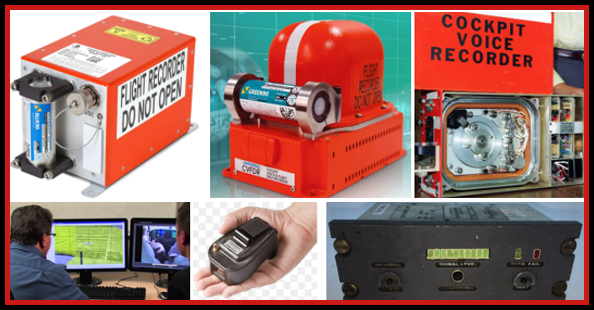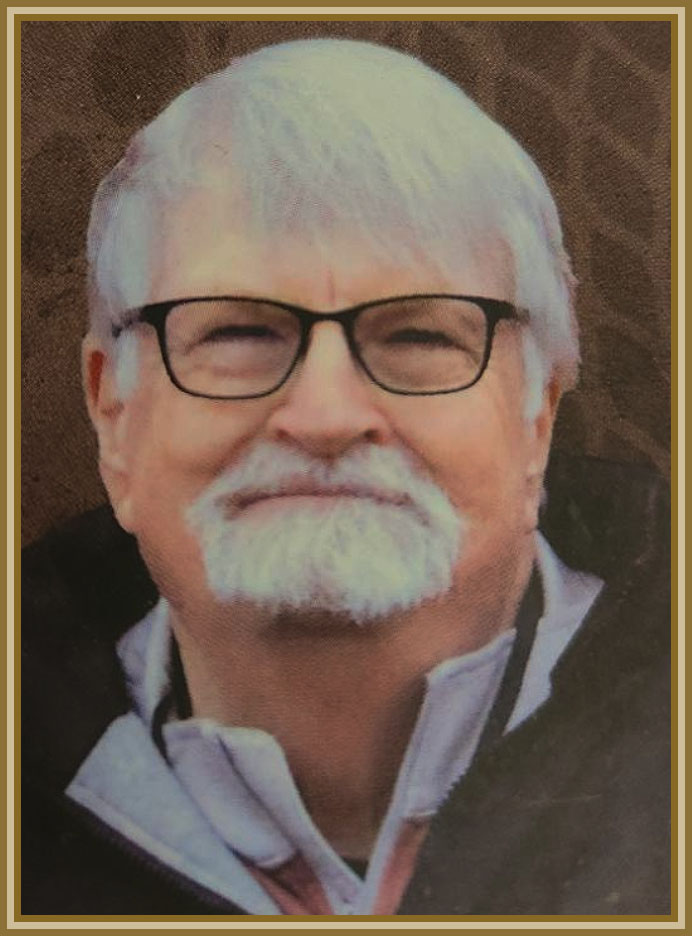Russ Niles’ report on the recommendation of the Air Charter Safety Foundation (ACSF) that OEMs install cockpit voice recorders in new General Aviation Aircraft. The Foundation explained that the current costs of this important safety equipment make it unaffordable for most small aircraft owners.
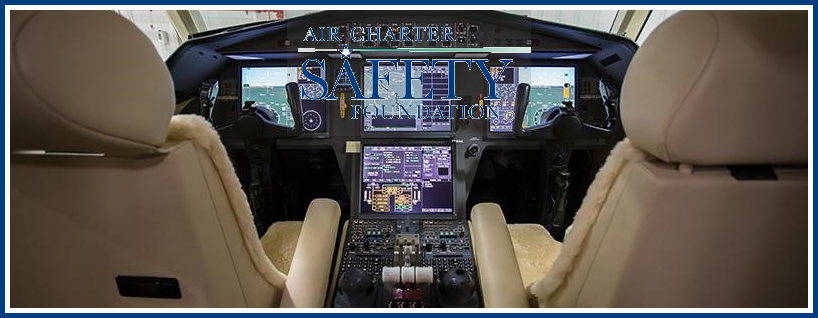
The back story of this ACSF initiative is that the promulgation of FARs and the existing requirements can unintentionally and collaterally may deter safety advances. Its blog made the following insightful comment:
“While the goal of collecting more post-crash flight data is critical to enhancing aviation safety, the [NTSB]recommended rule requires COSTLY EQUIPMENT CERTIFICATION that does NOT ENCOURAGE the adoption of the technology by legacy aircraft. Although expanding CVR capacity utilizing digital recording seems uncomplicated, the breadth of stringent certification requirements for crash-survivable recorders, including the survivability of the underwater beacon, is expansive.”
The suggestion is proposed in voluntary rather than mandatory terms. ACSF obviously is aware that an FAA NPRM requiring installations must meet the OMB Office of Information and Regulatory Affairs (OIRA) cost/benefit analysis. This Congressionally mandated review balances the estimated cost of the proposal with a forecast of the benefits (here, the number of lives saved plus personal/property damages). The CVR data would not prevent the death(s) of crash #1, but may provide useful information to save lives n1 -nx , a difficult number to extrapolate. This regulatory approval hurdle may deter the writing of a proposed mandate for Part 23 aircraft.
“While the goal of collecting more post-crash flight data is critical to enhancing aviation safety, the [NTSB]recommended rule requires COSTLY EQUIPMENT CERTIFICATION that does NOT ENCOURAGE the adoption of the technology by legacy aircraft. Although expanding CVR capacity utilizing digital recording seems uncomplicated, the breadth of stringent certification requirements for crash-survivable recorders, including the survivability of the underwater beacon, is expansive.”
Another convoluted consequence of a rule finding that a CVR is a prerequisite to these Part 91 operations is that such a directive is such designation would require the applicant to pursue a more difficult certification route. The FAA created a new category of airworthiness approvals designated Non Required Safety Enhancing Equipment (NORSEE). This policy addresses equipment that is not required by any Federal regulation with the intent to measurably increase aircraft safety. The Policy (Policy No: PS-AIR-21.8- 1602http://www.gajsc.org/wordpress/wp-content/uploads/2016/08/PS-AIR-21.8-1602.pdf) added:
Until recently, the FAA has not differentiated between non-required equipment and the special class of non-required equipment that can enhance safety. To support its mission, the FAA is implementing an approval process to allow installation of NORSEE in the general aviation (GA) and rotorcraft fleets. The intent is not to bypass the existing certification processes or the current level of FAA oversight, but to standardize the approval process specific to NORSEE.
Mr. Niles mentions the Appareo Vision 1000 and its website states that its equipment “is certified[1] by all the major aviation and manufacturing regulators.” It is not clear whether Appareo used the NORSEE approach.
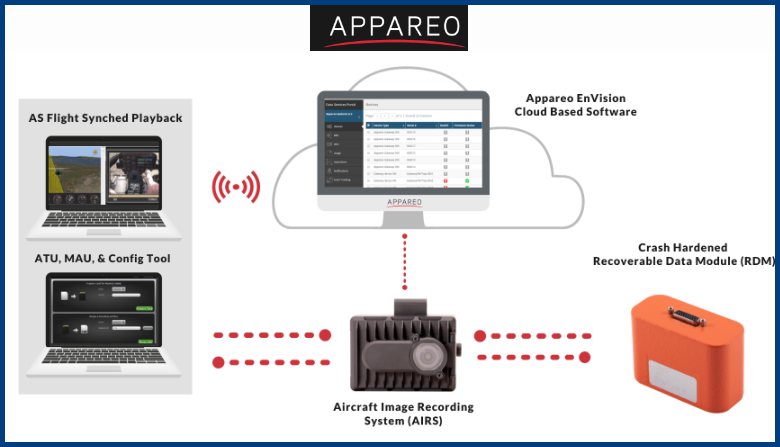
While voluntary facilitates FAA approval for including the Vision 1000 and other safety enhancing equipment, mandating increases sales. This is a PARADOX, but the added incentive need not come from the government. INSURANCE COMPANIES, however, have the ability to reward customers who add this equipment. As ACSF noted:
- Aviation insurers encourage the use of flight recorders and financially incentivize operators to equip low-cost recorders.
The private sector can and does move more quickly than the government. Savings in annual premiums may pay for an affordable CVR in a couple of years.
With ACSF’s encouragement[2] and help from the Aviation Insurance Association[3], this very useful safety diagnostic tool may become a reality soon. Those knowledgeable in NORSEE processes and procedures can guide an OEM to approval.
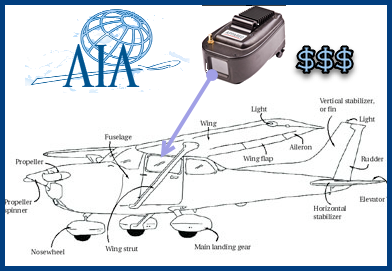
++++++++++++++++++++++++++++
Charter Group Calls For CVRs On All Aircraft
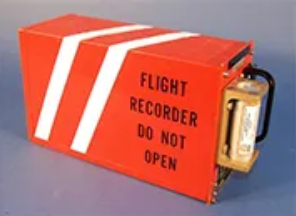
The Air Charter Safety Foundation (ACSF) is urging all aircraft MANUFACTURERS to install COCKPIT VOICE RECORDERS on all new aircraft and is calling for an affordable alternative for legacy aircraft and those not covered by current and future regulations. In a news release, the ACSF said it would like to see manufacturers come up with a standardized CVR system so economies of scale would bring the price down. Meanwhile, for those aircraft that won’t be captured by a mandate, it’s saying off-the-shelf systems like the Appareo Vision 1000 can provide a lot of data without the huge cost of certifying a system.
Certification requirements for CRASH SURVIVABILITY and UNDERWATER costly, and that will deter those with older aircraft from retrofitting them operation of the homing beacon make the certified systems. “A cost-effective solution is necessary for greater usage across many fleet types,” the organization said. “Although this solution may not be certified, many systems have demonstrated some level of existing crash survivability with options for hardened recorder options.” The NTSB has been calling for mandatory equipage of all commercial aircraft with recorders to provide speedy and comprehensive access to data in crash investigations.
Russ Niles is Editor-in-Chief of AVweb. He has been a pilot for 30 years and joined AVweb 22 years ago. He and his wife Marni live in southern British Columbia where they also operate a small winery.
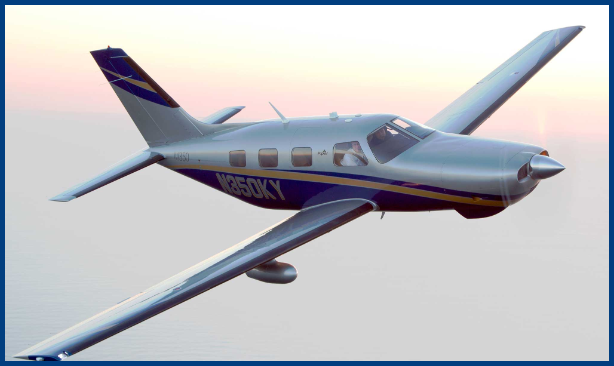
++++++++++++++++
[1] As verbs the difference between certify and certificate is that certify is to attest to as the truth or meeting a standard while certificate is to supply with a certificate, especially following certification.
[2] ACSF also addresses the thorny “pilot privacy” issue. That is too controversial to be satisfactorily discussed here.
[3] The Aviation Insurance Association is committed to enhancing the aviation insurance industry worldwide and the professional lives of those who work in it through a variety of programs and services. These programs include, but are not limited to:
- Educational conferences, seminars and courses designed to improve the skills and knowledge of industry professionals.
- Forums for the responsible discussion, examination and exchange of ideas on issues facing all participants in the aviation insurance business, including purchases, providers and the flying public.
- News and informational material published both to AIA members and non-members.
- A certification program for aviation insurance professionals that is aimed at increasing their knowledge, while demonstrating their ongoing interest in and commitment to raising the professional standards of the industry.
- ADVOCACY OF PROGRAMS AND STRATEGIES THAT PROMOTE AVIATION SAFETY.
Additionally, the Association maintains an ongoing commitment to create new economically feasible and financially responsible programs and services that will serve the ever-changing professional needs of the Association’s individual members and organizations.
In all operations and actions, the Association employs managerial and financial practices that are sound, responsible and fair to all members, customers and the Association itself.

